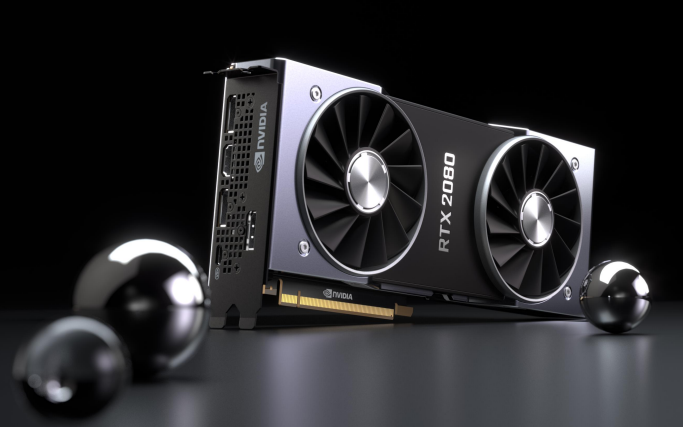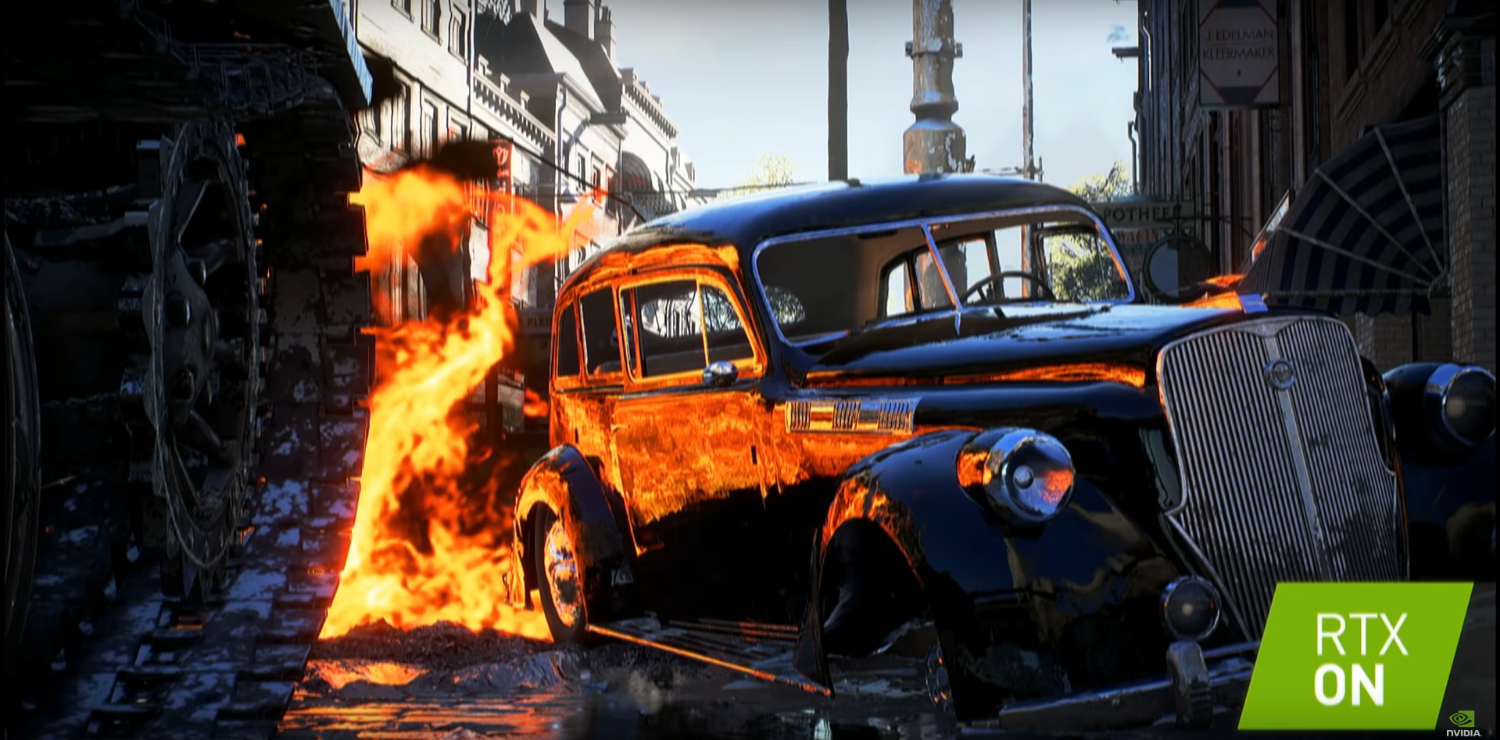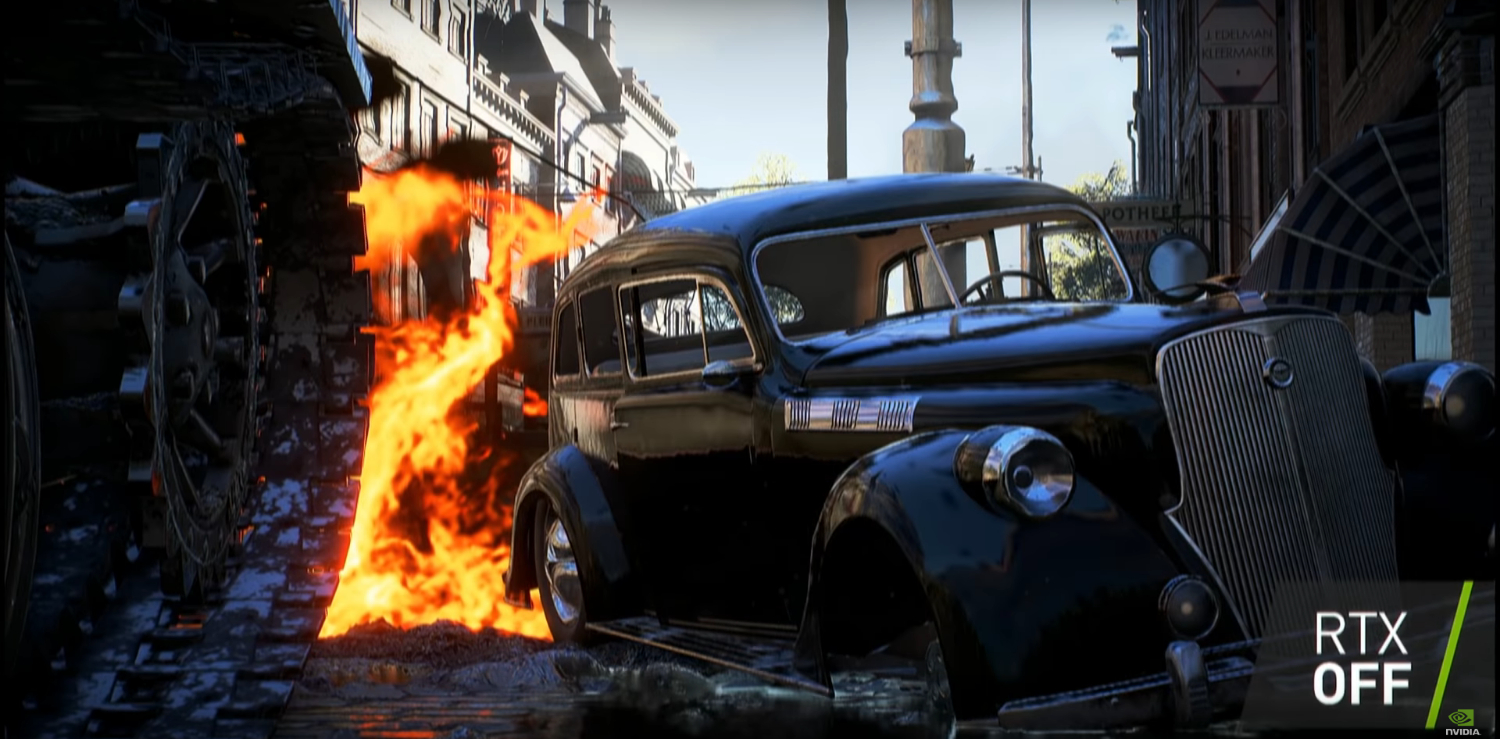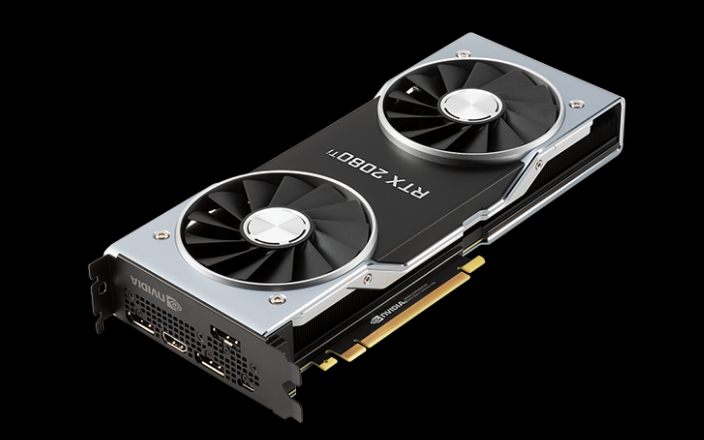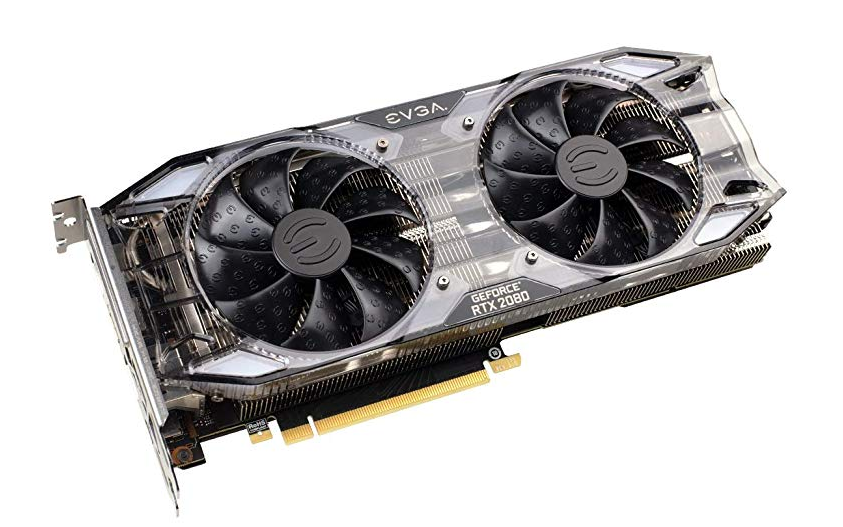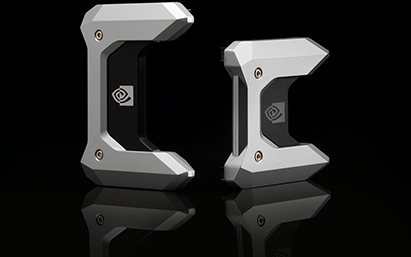Nvidia RTX 2080: What You Need to Know
Nvidia's new GeForce RTX line of consumer graphics cards is finally official and due to start shipping soon. These cards are based on the GPU giant's Turing architecture and are the first with built-in, real-time ray tracing capability.
Here's what you need to know about Turing and Nvidia's first three cards: the RTX 2080 Ti, RTX 2080 and RTX 2070.
What makes the RTX 2080 and its siblings special?
Nvidia's Turing architecture allows the RTX cards to perform real-time ray tracing, which allows for extremely realistic lighting and reflections. Before Turing, the only way to get ray tracing into a game was in pre-rendered cutscenes.
Nvidia's new GPUs not only have dedicated ray-tracing (RT) cores, but also A.I. "Tensor Core" that help predict what pixels are needed to create the effect. According to Nvidia CEO Jensen Huang "reflections will never be the same again."
Turing also promises faster performance in non-ray tracing workloads than the previous Pascal architecture. The company claims that an improved graphics pipeline, more CUDA cores (Nvidia's GPU cores) and new shading techniques help overall frame rates. The cards use GDDR6 memory which should provide a significant speed bump over the GDDR5 memory in the Pascal cards.
What is ray tracing?
Ray tracing is a process that creates highly-realistic lighting effects in computer graphics such as games. Without ray tracing, computers use a process called "rasterization" to create the illusion of depth, mapping polygons into 3D models and using shaders, which change the colors of pixels to simulate what light would look like bouncing off of them.
Ray tracing uses a different methodology, working backward from the viewer's (aka the game player's) perspective and plotting where rays of light would hit virtual objects and how they would create reflections, hot spots and shadows.
Get Tom's Hardware's best news and in-depth reviews, straight to your inbox.
During its announcement press conference, Nvidia showed a number of examples of games with RTX (aka ray-tracing) effects. In Battlefield V, an image of a car showed photo-realistic reflections of a fire (that was diagonally behind it) with RTX on and just bright reflections with it off.
Which games will support for real-time ray tracing?
We've got a complete list here, but so far, we've only heard of 11 titles that include Battlefield V, Shadow of the Tomb Raider, MechWarrior 5 and Metro Exodus. There are also 16 announced games that will support Nvidia's new Deep Learning Super-Sampling feature, which is designed to improve image quality.
What RTX GPUs is Nvidia releasing?
There are three new GPUs coming to the market, with the RTX 2080 Ti at the high end of the stack and RTX 2070 at the bottom. The table below has specs and pricing for the Founder's Edition versions of the cards (Nvidia's first-party cards).
| Row 0 - Cell 0 | GeForce RTX 2080 Ti Founders Edition | GeForce RTX 2080 Ti Reference Specs | GeForce RTX 2080 Founders Edition | GeForce RTX 2080 Reference Spec | GeForce RTX 2070 Founders Edition | GeForce RTX 2070 Reference Spec |
| Price | $1,199 | - | $799 | - | $599 | - |
| CUDA Cores | 4352 | 4352 | 2944 | 2944 | 2304 | 2304 |
| Boost Clock | 1635MHz (OC) | 1545MHz | 1800MHz (OC) | 1710MHz | 1710MHz(OC) | 1620MHz |
| Base Clock | 1350MHz | 1350MHz | 1515MHz | 1515MHz | 1410MHz | 1410MHz |
| Memory | 11GB GDDR6 | 11GB GDDR6 | 8GB GDDR6 | 8GB GDDR6 | 8GB GDDR6 | 8GB GDDR6 |
| USB Type-C and VirtualLink | Yes | Yes | Yes | Yes | Yes | Yes |
| Maximum Resolution | 7680x4320 | 7680x4320 | 7680x4320 | 7680x4320 | 7680x4320 | 7680x4320 |
| Connectors | DisplayPort, HDMI, USB Type-C | - | DisplayPort, HDMI, USB Type-C | DisplayPort, HDMI | DisplayPort, HDMI, USB Type-C | - |
| Graphics Card Power | 260W | 250W | 225W | 215W | 175W | 185W |
Third-party cards may have slightly different specs such as an overclocked GPU and / or different ports.
How much do the RTX cards cost?
Nvidia's MSRP for the Founder's Edition cards is $1,199 for the RTX 2080 Ti, $799 for the RTX 2080 and $599 for the RTX 2070. During his announcement, Nvidia CEO Jensen Huang showed a slide, showing prices of $499, $699 and $999 for the chips so we assume that he was talking about third-party cards with lower prices.
As of this writing, we found third-party RTX 2080 Ti cars available for order with prices ranging from $1,169 to $1,629 and RTX 2080 cards with prices from $749 to $869.
What third-party RTX cards are there?
All of the major video card vendors that typically make Nvidia-powered cards have announced their RTX 2080 and 2080 Ti cards. These include Asus, EVGA, Gigabyte, MSI, and Zotac. There are about four dozen cards available for pre-order. See our comprehensive list of third-party Turing cards for more details.
We have not seen any RTX 2070 cards listed for preorder, probably because the 2070 isn't due out until October.
When are the Nvidia RTX cards coming out?
The RTX 2080 Ti and 2080 will start shipping on September 20th. Nvidia has not given a precise date for the RTX 2070, other than to say that it is coming sometime in October.
What connectors do they have?
Third-party cards may have different ports, but the Founder's Edition RTX 2080, 2080 Ti and 2070 will all have DisplayPort, HDMI and USB Type-C out. The Type-C connection will support the new VirtualLink VR connection standard.
The RTX 2080 and 2080 Ti GPUs will also use Nvidia's proprietary NVLink, instead of the old SLI-standard, to connect two of the cards together. You'll have to buy a $79 NVLink Bridge to make a pair of these new cards work in tandem.
Avram Piltch is Managing Editor: Special Projects. When he's not playing with the latest gadgets at work or putting on VR helmets at trade shows, you'll find him rooting his phone, taking apart his PC, or coding plugins. With his technical knowledge and passion for testing, Avram developed many real-world benchmarks, including our laptop battery test.
